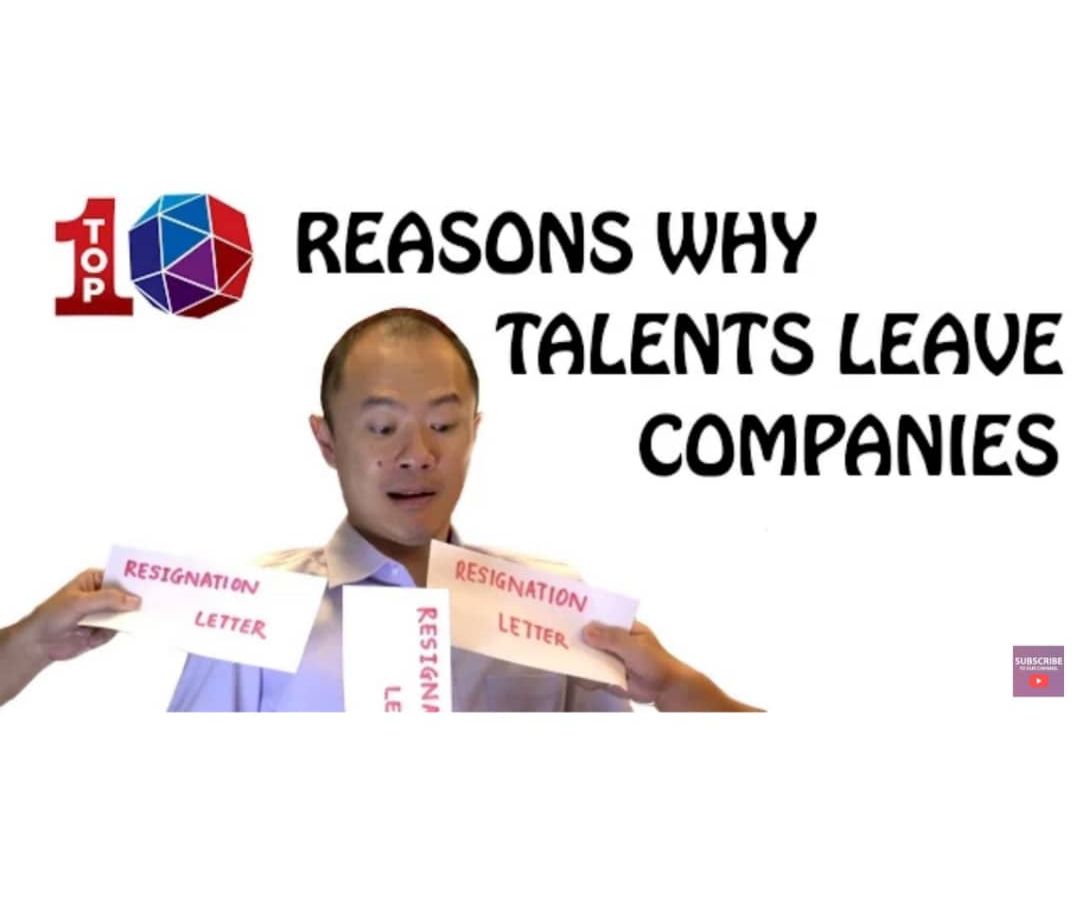What Does It Take To Keep Your A+ Talent?

If you talk to chief executive officers and business leaders on a regular basis, as we’re fortunate enough to do, you’ll find that everyone comes back to the exact same pain point: how can you keep your best people in the hypercompetitive market we find ourselves in?
A vibrant company culture is the single most important way to retain excellent employees. Some will push back to say that culture is fuzzy or elusive – difficult to measure.
The reality is that building a culture is a strategic decision, highly measureable and the best way to keep your A+ talent.
Deloitte’s Global Human Capital Trends 2015 Report found that 78% of today’s managers rate employee engagement and retention as one of their top concerns. This concern comes as no surprise.
The economy is on the rise and the unemployment rate is down to nearly 5%, a great time for employees to look around for greener pastures, and a challenging time to keep them on board.
Not too long ago, TINYpulse released its Employee Retention Report, unearthing five major trends impacting employee retention:
- Supervisors make or break retention. Employees with respectful managers are 32% less likely to think about looking for a new job.
- Colleagues play a major role in workplace satisfaction. Employees with low levels of peer respect are 10% less likely to stay with their employer.
- Workplace culture really matters. Employees that give workplace culture and environment low scores are 15% more likely to think about a new job.
- Taking a vacation is important. Employees who are encouraged to use their vacation days are 13% more likely to stay with their company.
- Employees care about professional growth. Employees are 10% more likely to stay with their employer when given the chance to grow professionally.
What’s remarkable to us about these trends is that they don’t zero-in on compensation or benefits. Yes, compensation matters. But these data points show the significant role interpersonal and cultural matters have on overall workplace satisfaction and attrition numbers.
If leaders really want to move the retention needle, there are several no-cost solutions that will drive positive change.
Hire for cultural alignment
As hiring managers, we know how quickly we want to fill an open position. But hiring someone just because they have the skills to do the job isn’t enough. We must hire for values, too.
Just because an individual is technically proficient does not mean that he/she knows how to function in your unique culture. Peers and colleagues play a powerful role in motivating and encouraging each other.
If you don’t probe on value and culture fit during the interview process, you could find yourself with a technical wiz that alienates their colleagues and makes them want to look for a job elsewhere.
Orientation vs integration
As managers, we must understand the difference. Orientation happens during the first few days of a new employee joining your team. This is about the basics, such as general office procedures or the location of the restrooms.
Integration happens over the course of several months and is the process of the new employee understanding and supporting your company’s culture. In order to keep employees, integration is essential.
Consider assigning a trained mentor (i.e. culture ambassador) to be a resource during the new employee’s first year.
Promote for fit
Just as important as bringing in the right people is promoting the right people. Promote employees who embody your company’s values.
You’ll have the right leaders in place to mentor (and retain) your newest batch of young talent. Your team is more likely to match their behaviours to those that are recognised and rewarded by your organisation.
Enable career growth
In today’s increasingly millennial-driven workplaces, opportunities for professional growth aren’t a nice-to-have; they are a need-to-have.
Whether it’s internal opportunities like rotational programmes and lunch-and-learns or external opportunities like conferences and coursework, your employees are looking to build their skill set and grow within the company.
When you encourage this, you not only get a more talented workforce but also a more dedicated, retained workforce.
Embrace the 3Ts
Treatment, transparency and trust are the fundamental pillars of a healthy manager–employee relationship.
Data has shown that transparency is the number one driver of employee happiness. Why?
Because it fosters healthy relationships and trust between leaders and their teams. Holding periodic one-to-one meetings between managers and their direct reports, as well as monthly company meetings can go a long way to cultivating positive workplace cultures where employees thrive.
Once you accept the idea that the 3Ts are at the core of employee satisfaction, production, and reputation, you must develop your plan.
From ensuring your managers make time to learn about their team members as individuals, share key data points regularly and ensure your words and actions line-up. Upholding the 3Ts will help ensure a healthy manager–employee relationship.
Concluding remarks
All of these activities take deliberate action, and in some cases changes in how you might currently run your business. But they are worth it.
Recent studies show that the combined costs of recruitment, training, and lost productivity from replacing a lost team member is 20% of their annual salary. This doesn’t even cover the burden your team deals with by taking on more work in the short term.
Save yourself the headache and try these tactics out. Not only will you enjoy higher retention rates, you’ll find that you and your team will enjoy a more positive workplace.
Make no mistake about it – your positive workplace and unique culture is your secret ingredient. This is also what keeps your customers happy and coming back for more.
Reposted with permission on Leaderonomics.com.
Functional






